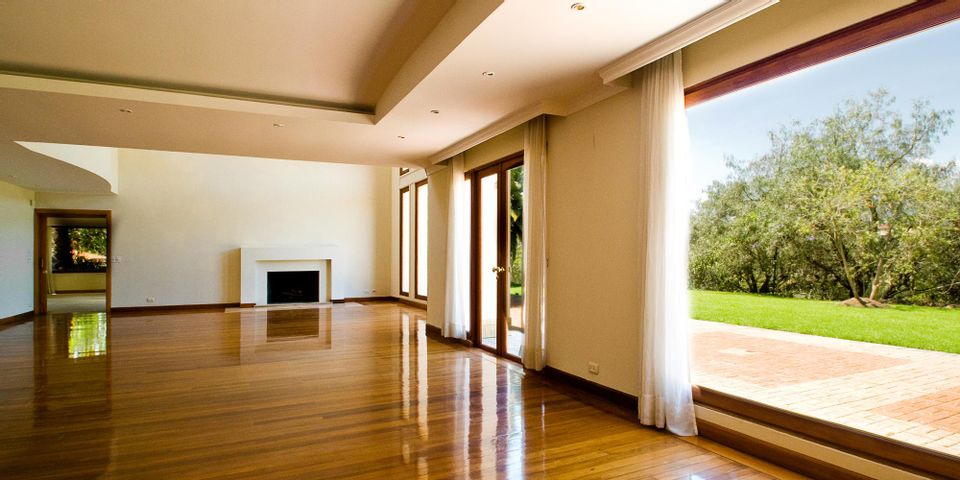
Vacation homes, investment properties sitting on the market, and other homes that aren’t in use are considered vacant or unoccupied. Just because no one’s living there doesn’t mean problems can’t occur, which is why it’s crucial to invest in vacant home insurance. Here’s a guide to what these plans offer.
What Is Vacant Home Insurance?
Homeowners insurance plans won’t always cover vacant properties. Typically, there’s a 60-day vacancy clause, and the home is no longer covered after that period. Instead, you’ll need vacant home insurance.
 A home is considered vacant when there’s no furniture or personal property inside needed for someone to live there. Examples include empty for-sale properties, rental properties that are between tenants, or homes that are being flipped for a profit.
A home is considered vacant when there’s no furniture or personal property inside needed for someone to live there. Examples include empty for-sale properties, rental properties that are between tenants, or homes that are being flipped for a profit.
A vacant home isn’t the same as an unoccupied home, which is furnished but doesn’t have anyone living in it. This is common with vacation homes or for-sale properties that are staged but not lived in.
What Does It Cover?
Basic coverage will refund you for vandalism. This includes break-ins, stolen parts, such as copper plumbing, and damage to the property or home exterior. These plans will also cover damage from fires, wind and other natural dangers.
Without insurance, you’ll be left to pay for repairs yourself, which can be financially crippling in the wake of a fire or major storm. If you have a mortgage with a bank, they’ll require you to have coverage on the property.
If you’re interested in securing a vacant home insurance plan, contact K.L. Smith Agency, LLC, in Willimantic, CT. This agency provides a variety of solutions, including auto, renters, and homeowners insurance to customers throughout Eastern Connecticut. They also offer business policies for commercial clients, which you can learn more about on their website. Call (860) 423-9294 to speak with an agent about your options.
About the Business
Have a question? Ask the experts!
Send your question

